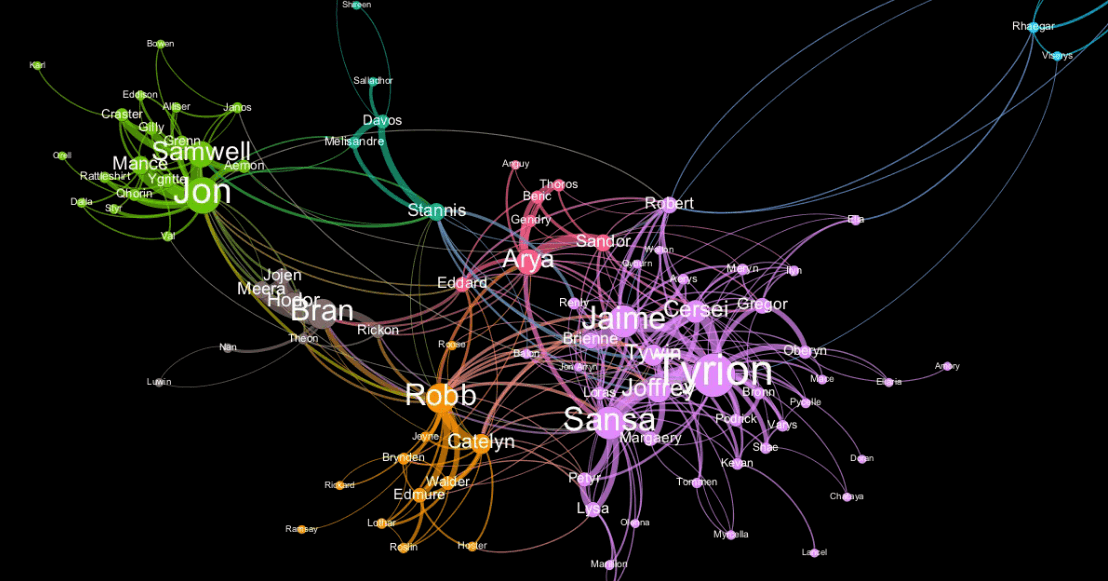Introduction to Network Analysis in the Humanities
- Authors
- Topics

About the Event
This online workshop is organised within the framework of the Computational Literary Studies Infrastructure (CLS INFRA) project. The event introduces the fundamentals of network analysis for humanities scholars, combining historical and literary case studies with hands-on practice. Participants will explore networks of literary characters, letter correspondence, and historical actors, and learn to visualise and interpret these structures using accessible tools like Gephi and EzLinaVis.
Event Credits
Daniil Skorinkin (University of Potsdam)
Preparatory Information
Software Downloads
The following software was used during more practical aspects of this workshop. We invite you to download the following software if you wish to use this learning resource as a practical guide to certain methods and techniques.
Gephi
Download and install the latest version of “Gephi” (https://gephi.org)
1.Introduction to Network Analysis in the Humanities
The first part of the event covers the basic concepts of network analysis, including:
what a network (graph) is, network nodes and edges, network centralities, structural properties of networks, and their interpretation in a humanities research context.
It also provides examples of literary networks based on dramatic texts from various European literatures (German, English, Russian).After completing this resource, learners will be able to:
- Acquire basic skills in network analysis, including an understanding of key concepts (network nodes, network edges) and metrics (network centralities, network density, clustering properties).\
- Compare networks based on their structural properties (e.g. network density, clustering coefficient) and compare individual nodes based on different centrality measures (degree, betweenness, eigenvector, closeness).
2.Introduction to Data Preparation for Network Analysis in the Humanities
The second part of the event focuses on the technical aspects of data preparation for network analysis and addresses the following questions:
- How are networks stored in a machine-readable form?
- How can research objects be represented as networks?
- Is it possible to automate network extraction?
Furthermore, this learning resource demonstrates how to encode networks with EzLinaViz an online tool that generates CSV files with network data from simple segmentations of dramatic texts.
After completing this resource, learners will be able to:
-
Recognise when it is (or is not) appropriate to operationalise a research object as a network.
-
Understand different data formats used for network analysis.
-
Construct simple networks from textual data.
3.Introduction to Network Data Analysis and Visualisation with Gephi
The third part of the event focuses on how data can be analysed and visualised using popular tools such as Gephi.
After completing this resource, learners will be able to:
-
Identify the main tools used for data analysis in network research.
-
Create data visualisations using Gephi.
-
Practise network analysis with sample datasets.
-



